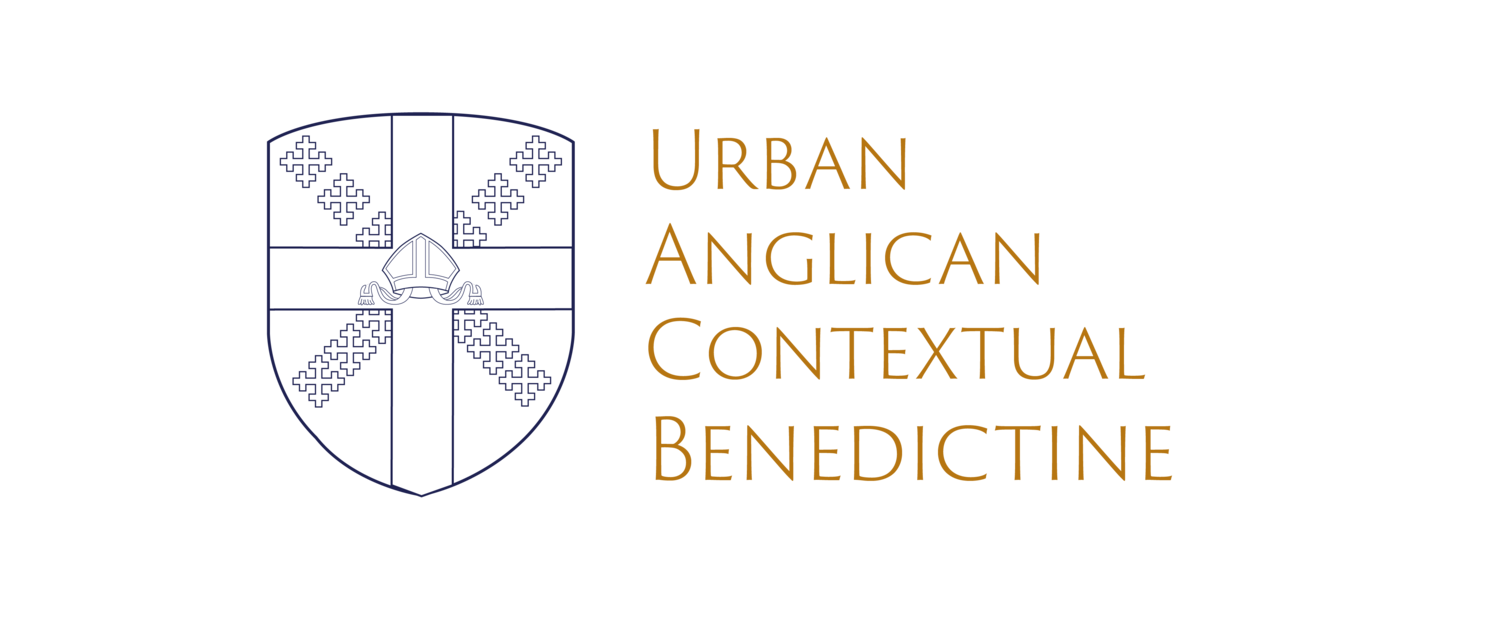A Benedictine Ethos
The Chapel of the Good Shepherd is daily evidence for the notion history may not repeat, but it echoes. From Doctor Wachner’s rapturous leading of worship to our first year students sharing prayers repeated through the centuries, there is a sound that indeed still resonates, from seminarians and luminaries gathered here, established in the historic practices of our shared faith. When I describe General Seminary as ‘Benedictine,’ I draw from the deep tradition of Anglican theological education and make the aspirational statement about the kind of institution God is calling us to be. To call General Seminary ‘Benedictine’ is to claim both a set of gifts which are endemic to our DNA and make a hopeful statement about the nature of a community that we can more truly become. Our way forward is by committing to the disciplines that have produced individual and collective transformation.
A little history: Within the Anglican family of churches, ministry formation was originally set within the Scottish and English University systems. The first faculties of these four ancient english-speaking universities (Oxford, Cambridge, St. Andrews, Glasgow) all gave pride of place to the teaching of ‘divinity’. These institutions both rose from monasteries as the location for higher learning. The schools also subsequently displaced them. In so doing, they inherited a pattern of a common life shared among students and faculty which continues to this day.
A monastic ethos was characterized by a common life of prayer, service and study. As Mark Chapman notes, these theological colleges concerned themselves with “the assimilation of an ethos, the ownership of a tradition, and the development of a way of life or pattern of being” (Chapman, 2015, 493). The styles of prayer may have varied among the theological colleges and the syllabi, reflecting distinct partisan or theological orientations. However, the common pattern of life inherited through their monastic DNA remained surprisingly resilient among early theological schools, whether General Seminary in New York City or Rippon College on the outskirts of Oxford.
Over the course of the past 40 years or so, changes in the student body ( a full inclusion recognizing sexual identity, race, denominational background, age, and their vocational trajectory) required necessary changes to theological schools and how they train. Still, Anglican schools have remained distinctively committed to a form of theological education which uniquely prizes some form of common life, expressed through study, prayer, and service. Indeed, even in programs which are ‘non-residential’, Anglican schools have found ways to integrate this historic pattern of life, whether through small groups, retreats, ‘intensive courses’ or other forms that reinforce this monastic tradition.
While Benedictine may convey a something about a community that is in prayer, or a community that ascribes to a shared rule of life, or a community that occasionally wears unusual clothing (all of which is true about General, by the way), it also conveys something about the movement within our common life. While we might think of Benedictines (or any monastic community) as one that is rooted and grounded within a particular place, the Rule of St. Benedict spends a great deal of time describing the motion of monastic life, a life that ebbs and flows between welcoming the stranger and then sending them out again; a life that inhales deeply the spirit of God in worship and prayer, and then exhales out a spirit of service to neighbor and world.
These four gifts of a Benedictine ethos (Welcome & Sending / Worship & Service) are already part of the General Seminary community. Three times every day, we gather for worship and prayer as a community. So far this year, our students have met together in volunteering, in contemplation, in establishing a rule of life for spiritual discipline. We do this out of our love for God and also so that we can be equipped by God for service, either in our current vocations or for the future to which God has called us.
General is and has been Benedictine. What excites me the most is to think about how we will reinvigorate these gifts in our future. I am not shy about describing our current situation. Publicly available ATS data points to a 10-year decline in our residential program. We no longer have the privilege of ignoring it. Still, we can now begin to thoughtfully rebuild the seminary into the one God is calling us to become by inviting our world into the practices that have sustained our faith for generations.
Boldly living into our new future, we must acknowledge that none of us knows precisely what it may look like on the other side. We may not know what the future looks like but we know what we’ll be doing when it arrives: welcoming and sending, worshipping and serving.
Adapted from the Chelsea Square, Fall 2021.

